Having explored some of Morocco’s exceptionally beautiful coastline in Part II of this travelogue, this time I’m looking at two of its most important cities, Rabat and Casablanca. In fact, that doesn’t mean leaving the coastline because both of these cities sit on the sea and have not just ports but beaches and corniches, too. And a city break in Morocco works precisely because there is both the amenities you expect from a major centre – restaurants, shopping, nightlife – as well as the opportunity to escape the built-up areas for a natural environment.
Nowhere is this more true than Rabat, a place that is so green it even has an urban forest. I stayed at the new Ritz Carlton which is next to the forest as well as the royal golf course (the hotel can arrange for you to play a round though not necessarily with the king). This is the royal capital, the centre for the administration of the country and the place the king lives most of the time. His new home is, in fact, the other side of the river in Rabat’s twin town of Salé and the old palace is an entire quartier in itself, given over to the offices of state and a lot of ceremonial guards in flamboyant uniforms and often on horseback.
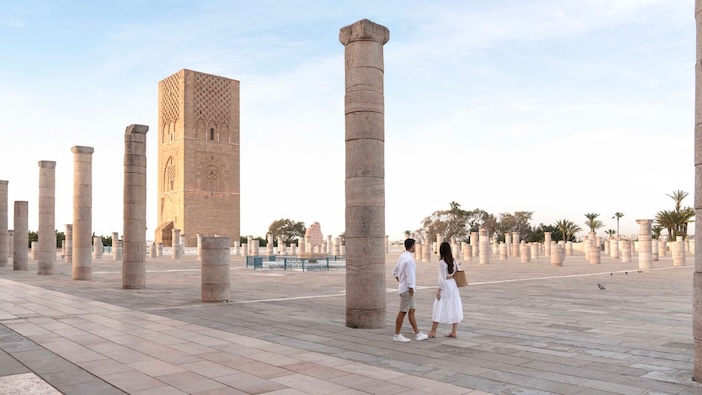
It’s a good place to start an exploration of the city’s sights but there are so many more, connected by wide tree-lined boulevards and interspersed with countless parks and gardens. As you would expect for the capital, there are plenty of museums and monuments and must-sees include the ancient necropolis, the medina, the Mausoleum Mohammed V, the Chellah (“castle”) mosque and the 1199 Tower of Hassan built by Yacoub el Mansour who also built the Giralda in Seville and the Koutoubia in Marrakech.
My favourite spot, though, was the old Kasbah or fort. Built on a promontory overlooking the sea, it has recently been restored (there’s a massive restoration of historic buildings going on throughout the country). The streets are freshly paved, the houses painted white with deep blue doors and planters, the brickwork on the ancient gateways is magnificent and in its heart is the glorious Jardin Andalou (Andalucian Garden). I’m not sure it looked quite as pristine as this in the days of Ahmed el Inglizi (Ahmed the English) who was an English renegade in the 18th century who was based here when it was known for its pirates’ enclave and thriving white slave market.

After the busy streets of the medina, the Ritz Carlton is not just an oasis, but more of a shimmering palace, all white marble, flowing streams and manicured gardens. It opened last summer and is still growing to its full size. It’s not the only new hotel either being built in Rabat and Casablanca.
This is doubtless partly the effect of the 2030 World Cup that Morocco will co-host with Spain and Portugal and the high-speed TGV train, already running between Rabat, Casablanca and Tangier is extending to link in with Marrakech and Agadir in the south. It will make travelling around the country much, much easier and the cost of train travel is a fraction of the price in the UK. The two-hour journey from Casablanca to Tangier, for instance costs around £30 (£40 in first class).
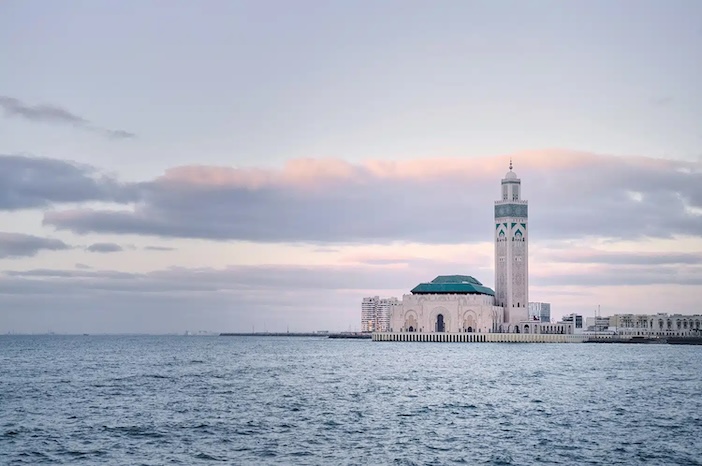
By train, Casablanca is less than an hour from Rabat and it is the second capital of Morocco – the capital of business and commerce. It is by far the largest city in the country with a population of four million and there’s a huge port here too. Its vast Mosque Hassan II, named for the current king’s father, is the only mosque in Morocco that you can visit as a non-Muslim. It has a dramatic setting with an ocean backdrop and two-thirds of it was built on land reclaimed from the sea. It is a vast space – 25,000 people can fit inside the mosque itself but the huge outdoor courtyard and can take a further 80,000. Its minaret is 60 storeys high and topped by a laser directed towards Mecca.
Inside, it’s a testament to the work of some 15,000 Moroccan craftsmen who worked in granite, plaster, marble and wood, creating carved and painted wooden ceilings, exquisite tilework and row after row of horseshoe arches. The minaret is the foremost landmark of the city and you get a bird’s eye view of it in the rooftop restaurant of the Royal Mansour Hotel that sits between the old and new cities of Casablanca.
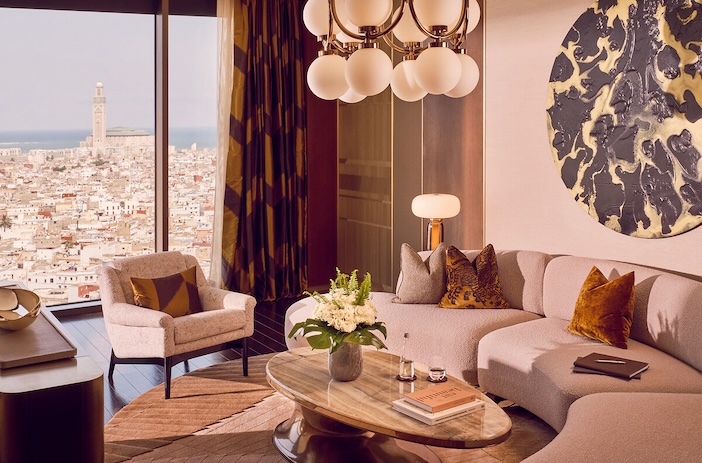
In fact, it never gets its full name among its natives – here it is simply Casa. The Moroccan part has two medinas, the original old one and a smarter newer one in the Habous quartier. Then there is Casa’s other city, the French one, built during the Protectorate, an Art Deco “Petit Paris”, all patisseries and brasseries. It’s here you’ll find the biggest shopping mall in Africa if you don’t want to haggle in the medina. And there is, of course, inevitably Rick’s Bar, recreated in homage to the film (made entirely on a Hollywood set). White DJs are optional.
For more information about Morocco, and to start planning your adventure, please visit the official tourism website at www.visitmorocco.com.

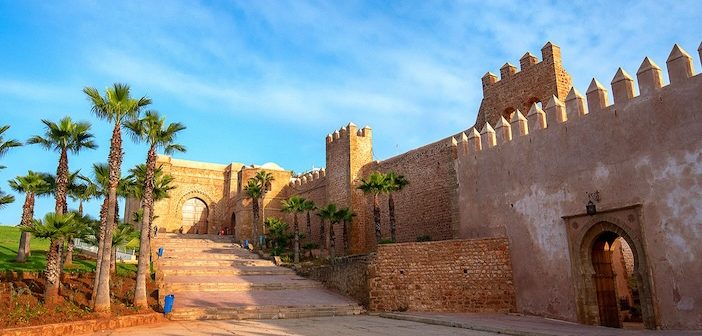
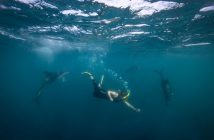
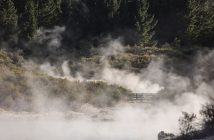
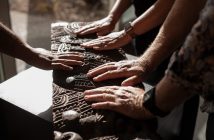
1 Comment
A very interesting article about two major cities in Morocco tourists and visitors in Morocco know only Marrakech which is famous worldwide but there are other destinations that are worth visiting
Thanks for the interesting information about these two cities